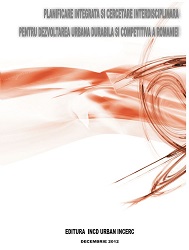
We kindly inform you that, as long as the subject affiliation of our 300.000+ articles is in progress, you might get unsufficient or no results on your third level or second level search. In this case, please broaden your search criteria.



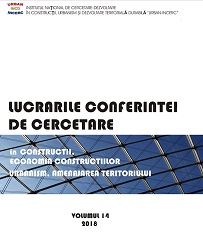
Inside the New Europe, proposed to reorganize based on cosmic principles instead of some arbitrary decisions, it’s possible to create five administrative-territorial unities, with grouping of the existent national states, -enclaves and –exclaves, of which functioning follows a damped harmonic oscillator model, taking part in the forming Eurasian Continental Unity. The Carpathian Chain being the terrestrial projection of the Constellation Draco/Dragon, with the included Ecliptic Centre represented by the Rosia Poieni Peak in the West-Carpathians, results of course the forming around it the Central-East European Territory, bordered by the Baltic Sea to the North, the Mediterranean Sea to the South, the Black Sea and the rivers Nistru-Bug to the East, and by the limits of the Central-West European Territory (former German-Roman Empire) to the West, with which together are forming the New Central Europe, surrounded by the West-, North- and East-European Territories, each of them with Northern- and Southern parts. Thus, the Central-East European Territory, called DRAKYA according to the Constellation, is separated by the river Danube-Drava in North-Drakya=DAKYA and South-Drakya=TRAKYA. DAKYA is relatively simple to realize, extending the V4 Association of Czech-land, Poland, Slovakia and Hungary with ROMANIA and MOLDOVA, respectively including the intercalated small teritories, but TRAKYA is more difficult to border inside the Mediterranean Sea. The coordinating centre of DAKYA results of course by cosmic criteria, through realizing of the new spatial town ROSIA POIENI, with residential and agreement zones on the surface, and with production and communal services in the depth, including a transatomic work too. A similar coordinating centre is possible to realize in TRAKYA at the Olympos Mountain, which is the projection of the Thuban, first star of the Constellation. In this conception, the functioning of the whole system is proposed with a periodicity of 5 years, started in 2020 with DRAKYA and TRAKYA, and from 2030 following with our western neighbours, and in order the West-, North- and East-European territorial ones, so in the next 100 years will be functioning the complete system with its mechanism based on equality, equilibrium and harmony, making certain the long-term evolution, after 2120 in cicles of 30 years. This transition from the „bulk” or atomized Europe to the proposed new structure, coincides with a transition process to a higher level of our consciousness, through a cosmic thought in general, inclusive in our renewed architectural and urbanistic thinking. In Europe’s restructuring based on cosmic principles, after their outside positions, ROMANIA and MOLDOVA will have a central position and coordinating role, with the possibility to catch up – or exceed – the more advanced European countries, restructuring their slender infrastructure and settlement network, as a result of their better situation in the domain of resources. In the realizing process of this grandious programme, a prime role will have the institution INCD-URBAN-INCERC, with its complex profile, able to coordinate on long term
More...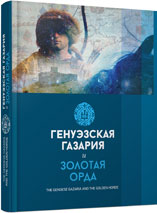
The author publishes some new recently obtained and analyzed data related to historical topography of a Golden Horde city of Ukek. He specifically examines history of field research on the Uvek Hillfort, which dates back to 90s of 19 th c. His special focus in examining natural and geographic factors is on peculiar local topography affected by some landslides, as well as on a high hill with a flat top (the Uvek Mount), which gave the name to the city — Ukek, from a Mongolian word meaning ‘plateau’. Changes in landscape caused by either natural or anthropogenic factors are also assessed. New data on fortifications and hydraulic structures of the hillfort, a rich estate, a hammam, kilns and a mausoleum are also published and discussed in the article.
More...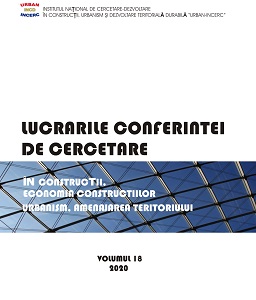
The fundamental goal in approaching multimodality in transport is to integrate all modes of transport in an optimal, sustainable and ethical system. The implementation of intermodal services in the field of tourism will contribute to the increase of travel options, as well as to the provision of comfortable services, while increasing the efficiency of the transport system as a whole. The objective of the research is to identify and evaluate efficient IT solutions for calculating travel times in the integrated combined transport system of national road and rail infrastructure and the forecast demand in the field of public transport of people to tourist destinations. The proposed methodologies for defining IT solutions are based on the use of Geographic Information Systems, both in vector format corroborated with data on general transit specifications (GTFS) and in raster format by creating a continuous cost surface model, using all transport nodes.
More...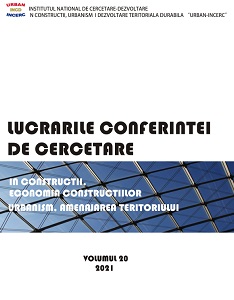
The aim of the research is to identify how the participation of local communities influences the planning process of green infrastructure both at urban and regional level. For that, the existing connections between concepts such as participation, civil society, participatory planning/co-participation - on one side - and the urban planning process / the planning of urban green space and green infrastructures - on the other side - were researched. The actors of participatory urban planning were identified, especially the groups of local actors, involved in green infrastructure planning, as well as the new type of citizen participation through forms of collective action and protests aimed at city development and its local environmental issues. The types of approaches and barriers that occur in participatory planning, and how the community can get involved in the design and planning of ecological networks were presented. The channels through which the inhabitants of the city can get involved in urban design in general and in the case of urban green infrastructure, in particular, with the help of new technologies and online applications, such as VGI, were also researched. One of the conclusions is that participatory planning can improve the quality of urban planning through different approaches. However, regarding the involvement of the community and various social groups in the planning of green infrastructure, the results show, surprisingly, that it is recommended that designers consider the participation of certain stakeholders and a strategy for their participation. Another conclusion is that the involvement of citizens in the planning of urban projects is facilitated by new technologies and online applications and that data from social media give citizens the opportunity to get more involved to protect the environment in which they live and therefore these data can thus be used in a transparent and democratic participatory process.
More...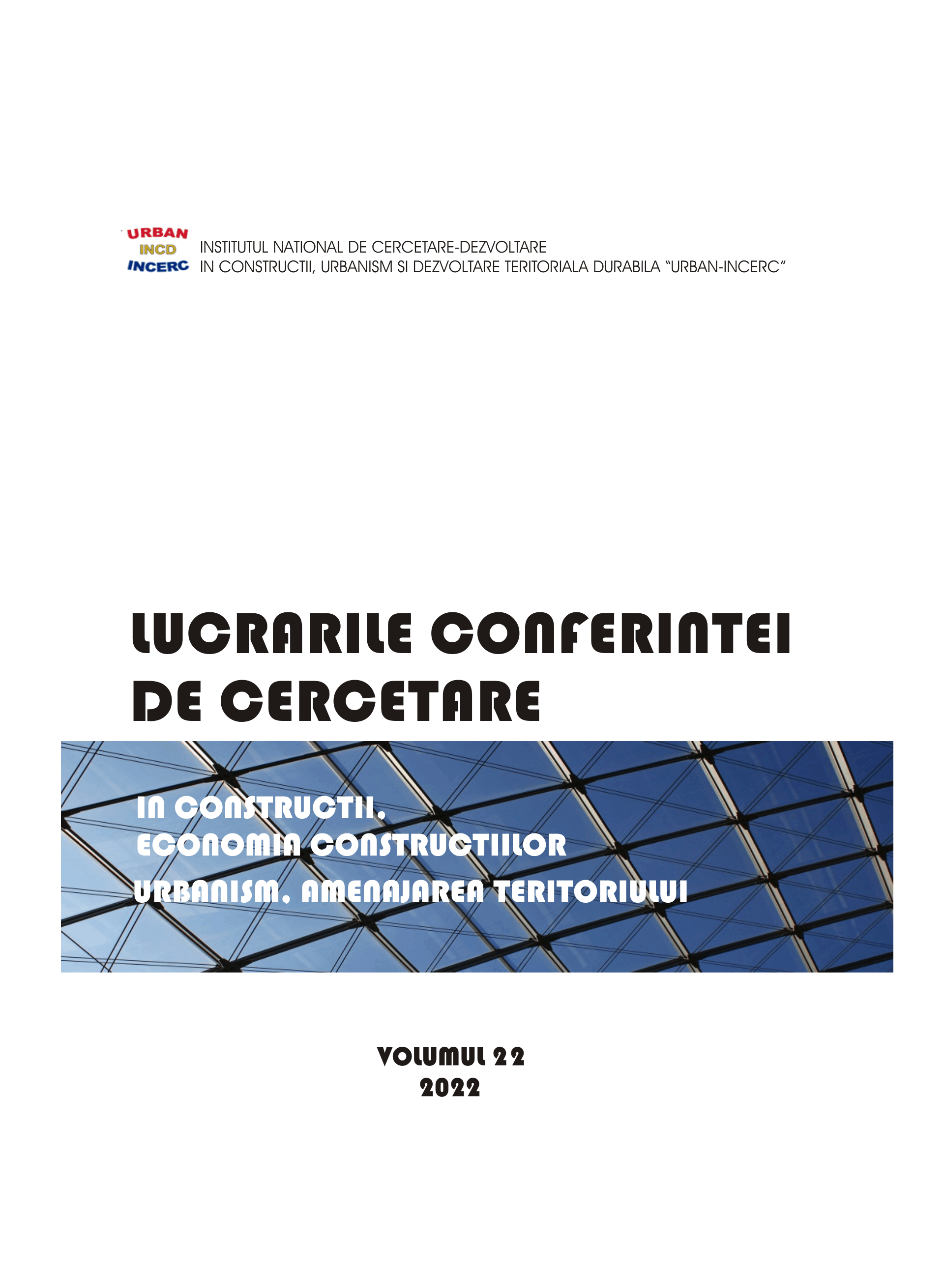
The long-term protection of cultural heritage is an essential condition for sustainable development and preservation of territorial identity, and good documentation and registration of heritage objects allows to know, preserve and transmit them over time to future generations. The recording of cultural heritage currently uses different techniques and methods of documentation, especially in the field of architecture and urban planning. For the documentation of historical sites, different methods can be used to obtain 3D digital models that offer the possibility of documenting in accordance with the preservation of the original architecture and local specifics, as well as the creation of 3D archives. This article highlights the technical ways of obtaining digital models of heritage architectural ensembles and presents a case study of the rehabilitation of the Cioabă Chințescu kula, Șiacu village, Slivilești commune, Gorj county.
More...
The research provides an overview of the stages taken for the development process in a hierarchical manner, in the city of Lattakia, Syria. It mentions the stage number, name, tasks, the party responsible, and tools. Research will also review the laws and regulations related to planning, organization and development in Syria in general and the city of Lattakia in particular, following the descriptive approach. Then the research will evaluate the efficiency of the development mechanism and the laws and regulations, using the descriptive analytical approach, then will come up with several recommendations, which will raise the efficiency of the development mechanism, also laws and regulations in the urban field.
More...
The integration of nature in urban cities is part of ancient planning. Its role was limited to relaxation, leisure and health, but this concept has evolved rapidly in recent years with the emergence of ecosystem services in the light of a green infrastructure approach. Researchers have become increasingly interested in this concept recently with the aim of improving the quality of life of inhabitants in particular by identifying ecosystems that provide economic, social, and environmental services in order to ensure the sustainability of the city. Our research goal is to know these services in order to meet the challenges of sustainable urban development.
More...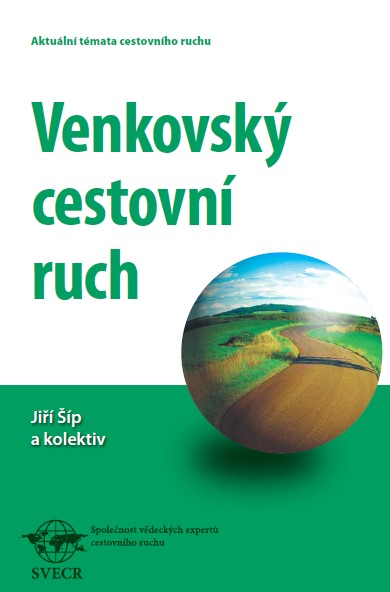
Příspěvek si klade za cíl pokusit se o konstrukci teoretických základů vinařského cestovního ruchu v kontextu venkovského cestovního ruchu v prostředí teorie a praxe českého cestovního ruchu a na základě analytické komparace moravských vinařských podoblastí Znojemska a Slovácka deklarovat základy jejich konkurenčních výhod.
More...
Řeka Ohře měla vždy pro území severozápadních Čech mimořádný význam. Vytváří totiž v jeho protáhlém tvaru přirozenou podélnou osu, která od sebe odděluje geologicky odlišné útvary. Česká část povodí Ohře (zvláště na dolním a středním toku), o rozloze 5 614 km2, patřila vždy k nejhustěji obydleným územím našeho státu. Kromě rybářství Ohře poskytovala místnímu obyvatelstvu mnoho užitků. Sloužila k zavlažování zemědělských pozemků, plavbě dřeva, byla zdrojem vodní energie, což logicky vedlo k výstavbě pil, mlýnů a hamrů po celé délce jejího toku. Většina území, kterým řeka protéká, je „venkovským prostorem“ (viz tabulka č. 1) a její povodí je v současnosti využíváno pro různé aktivity venkovského turismu, k nimž se řadí rekreace (nejčastěji formou druhého bydlení), vodní turistika, cykloturistika, pěší turistika, lov, rybolov, jezdectví a hipoturistika aj.
More...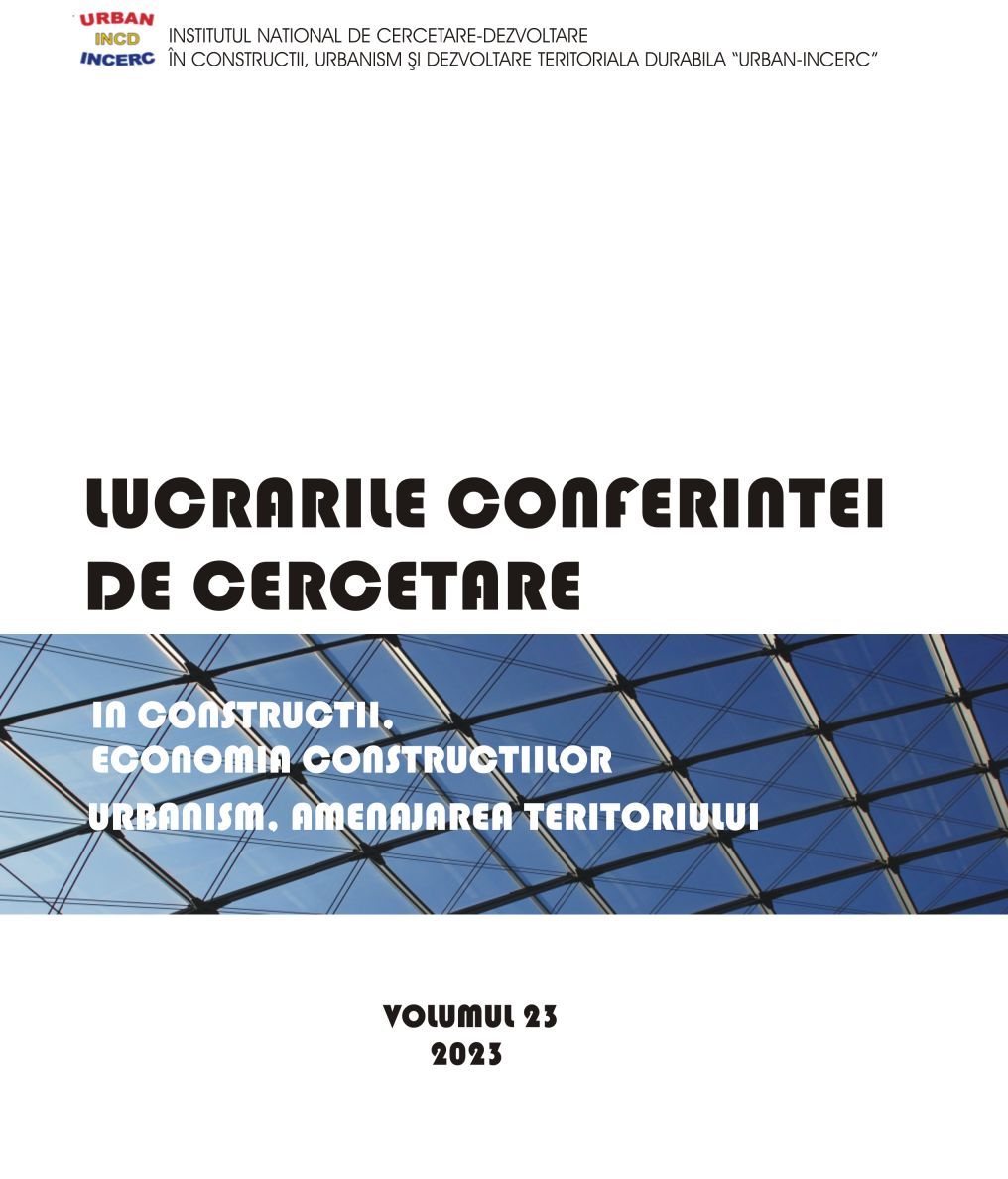
Many Algerian cities, including Biskra, suffer from natural problems, especially those caused by heavy rainfalls due to climate change, which reaches its maximum for a long period, and causes severe damage in terms of human and material losses. This paper draws attention on how to deal with the adverse effects of rapid and sudden floods due to runoff in the city of Biskra by studying the green infrastructure as means that rely on preserving the hydrological cycle of water in the safe and effective stormwater management of urban areas and prove that there are opportunities for the application of green infrastructure solutions not only to solve social and economic problems, but also environmental ones. Stormwater management and flood control are among the solutions provided to avoid the negative effects of urban floods, especially in areas with fragile infrastructure.
More...
Land cover and use changes are a constant challenge for planning and territorial research, due to their connection with sustainability. The natural environment is an infrastructure generating goods and services for citizens, and has not only an environmental value, but also an economic and societal one. However, the world in general and Romania in particular continue to witness changes affecting the green infrastructure negatively, even within the natural protected areas. One of the causes may be the low environmental awareness of planners, who continue to work according to outdated conceptual models, no longer connected to the progress of landscape and urban ecology.
More...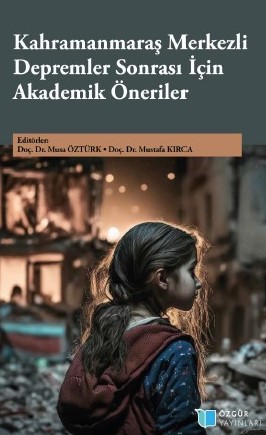
Ülkemizin yoğun dayanışma çabası gösterdiği bir dönemdeyiz. Doğu Anadolu fay hattının güneyinde ve çevresindeki geniş bir bölgeyi etkisi altına alan depremlerin yarattığı bu kriz döneminde, risk yönetiminin önemini hatırlama gereği yine ortada kalan ve yeterince sahiplenilmeyen bir gerçekliktir. Hâlbuki gelecek için artık bugünden sistematik önlemler alma konusunda hiç gecikme yaşanılmamalıdır.
More...
6 Şubat 2023 tarihinde Kahramanmaraş, Gaziantep, Malatya, Diyarbakır, Kilis, Şanlıurfa, Adıyaman, Hatay, Osmaniye ve Adana olmak üzere on ilde ciddi can ve mal kayıplarına neden olan Türkiye saati ile 04.17’de ve 13.24’te Kahramanmaraş Pazarcık ve Kahramanmaraş Elbistan merkezli (sırasıyla Mw 7,8 ve Mw 7,7) iki deprem meydana gelmiştir. Söz konusu depremlerde en kritik konulardan biri ilgili kırıkların Türkiye aktif fay haritası ile birbirini üzerlemeyerek farklı alanlardan geçmesidir (İTÜ, 2023). Yeni bir bilgi olarak ele alınan bu durum depreme dair tüm unsurların da farklı açılardan ele alınmasının gerekliliğini ortaya koymaktadır.
More...
Depreme hazırlıklı değiliz (Çoban, Sözbilir ve Göktaş, 2016; Öztürk, 2013). Deprem, dünyanın güvenli bir yer olduğu biçimindeki algımızı kırar (Nakajima, 2012), onu kabullenmek bu nedenle zordur. Karancı (2008)’e göre, afet zararlarını azaltmada psikolojik bir rolü vardır. Gerçekten de çeşitli psikolojik değişkenler, depremin olumsuz sonuçları üzerinde etkili olmaktadır. Herkes deprem nedeniyle travma yaşamaz. Kimin travma yaşayıp yaşamayacağı, başa çıkma yöntemlerinden sosyal desteğe, depremin şiddetinden yakın kaybına; göçük altında kalmaktan önceki yaşantılara kadar çeşitli değişkenler tarafından belirlenir (Bödvarsdóttir ve Elklit, 2004; Karancı, 2003; Sönmez, 2022).
More...
Kapsayıcı tasarım kavramı, mekânsal erişilebilirliğin ötesinde tüm yaşamı içine alan kapsayıcı bir anlayışı ve kapsayıcı bir yaşamı ifade eden geniş anlamları bünyesinde barındırmakta; mekânsal erişilebilirlik, toplumsal erişilebilirlik, zihinsel erişilebilirlik, sosyal erişilebilirlik, dijital varlığa herkes tarafından ulaşım (Johansson vd., 2015: 418), yaşamsal bütünleştirici anlayışlar, toplumsal bütünleşme gibi kavramları kapsayan ve sadece mimari alanı değil, disiplinlerarası birçok alanı kapsayan bir yapıya sahiptir. Yaşamın genel akışı içerisinde olağan sayılan bireylerin zorlanmadan erişebildiği mekanlar, parklar, sokaklar, sosyal ortamlar, araçlar, hizmetler, kurumlar, faaliyetler ve yaşamın içindeki tüm fonksiyonlar bireylerin tamamı için erişilebilir olamamakta; özel gereksinimi olan bireylerin yaşamın her alanında var olmasının önünde çeşitli engeller bulunmaktadır.
More...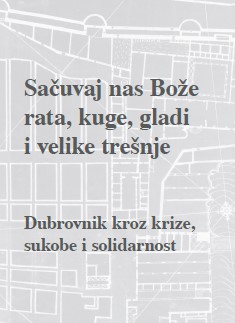
On April 6th, 1667, Dubrovnik was hit by a disastrous earthquake. Seven nunneries were destroyed in the earthquake and the eighth, the Convent of St. Peter and Paul, burnt down in a fire that broke out as a consequence of the earthquake. The data on the number of casualties are contradictory; therefore, so are the data on the number of casualties among the nuns. Due to the vast number of casualties suffered by the nunneries and nuns, there was the issue of their fate after the earthquake. Archbishop Torres took advantage of the temporary absence of authority and decided to leave for Ancona together with the nuns. In his report on the journey he claimed that he had arrived at this decision because he deemed the nuns vulnerable as the government was not able to provide them with adequate accommodation and the necessary enclosure. However, one might argue that the archbishop, in making this decision, was actually more worried about himself than the nuns. As he was a representative of the head of the Church, should he not have stayed and provided spiritual comfort to the suffering population, especially, as he himself states in his report, because the survivors among the people were happy to see him alive? What prevailed was probably the fact that Archbishop Torres, just like any other foreign archbishop, was not satisfied with his post and had not been able to fully integrate in the town or with its people, the majority of which did not speak Italian. Maybe the fact that someone needed to take care of the nuns who had survived was his perfect excuse to leave the Republic. Although the nuns were extremely well received in Ancona and were opposed to an instant return home, the government wanted to bring them back as soon as possible. Apart from the intimate feelings of concern for their daughters, sisters and aunts, there were economic reasons that motivated the government as well. Nunneries had great shares in Italian banks and as long as the nuns were in Ancona the interest payments, which the government wanted to use for the reconstruction of the convents, were suspended. Patriotism may also have been a motivation for a quickest possible return of the nuns as the government wanted to have the nuns on their own ground, thereby showing that the earthquake had shaken them, but had not destroyed their ability to look after their citizens. Their eventual hurry in bringing back the nuns, whom they had, at first, accommodated at the Franciscan monastery in Ston, is also documented by the letters the nuns sent them, in which they mostly complained about the poor accommodation and food.
More...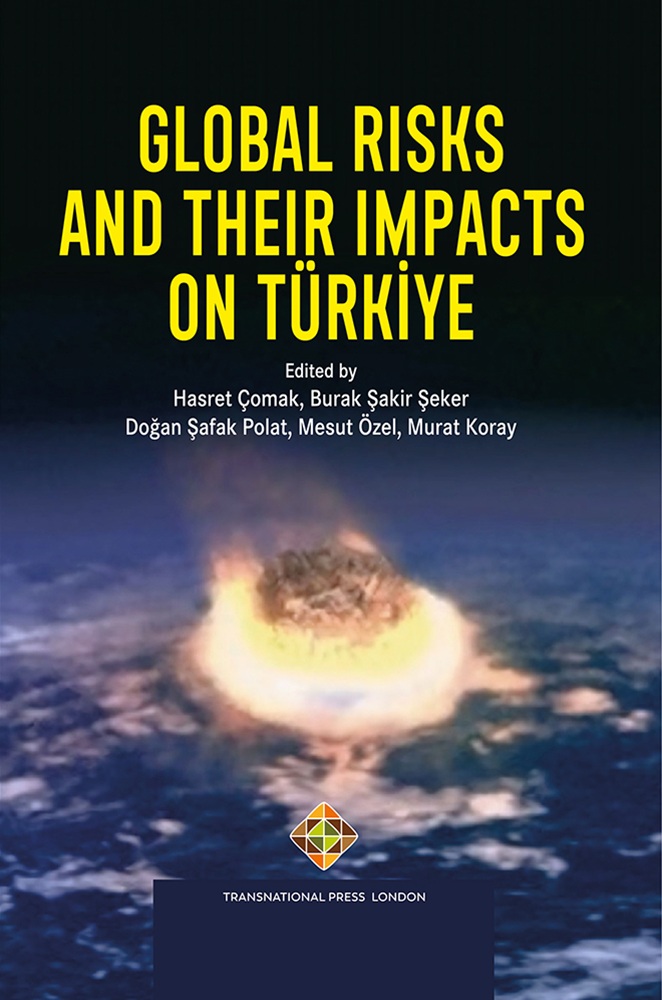
The proven history of settlement in Istanbul dates back approximately 3 thousand years, and its history as a capital city dates back to 1600. The city has always preserved its feature of being a geopolitical, economic, and cultural centre of the regions covering the approaching lines of movement and communication between the Asian and European continents. Due to this feature, it became the capital of the empires that played a major role in the domination of the Old World and a crossroads where tribes met. Nevertheless, thanks to this award, it has become a center of attraction for the great powers dominant in the Mediterranean and the Black Sea.
More...